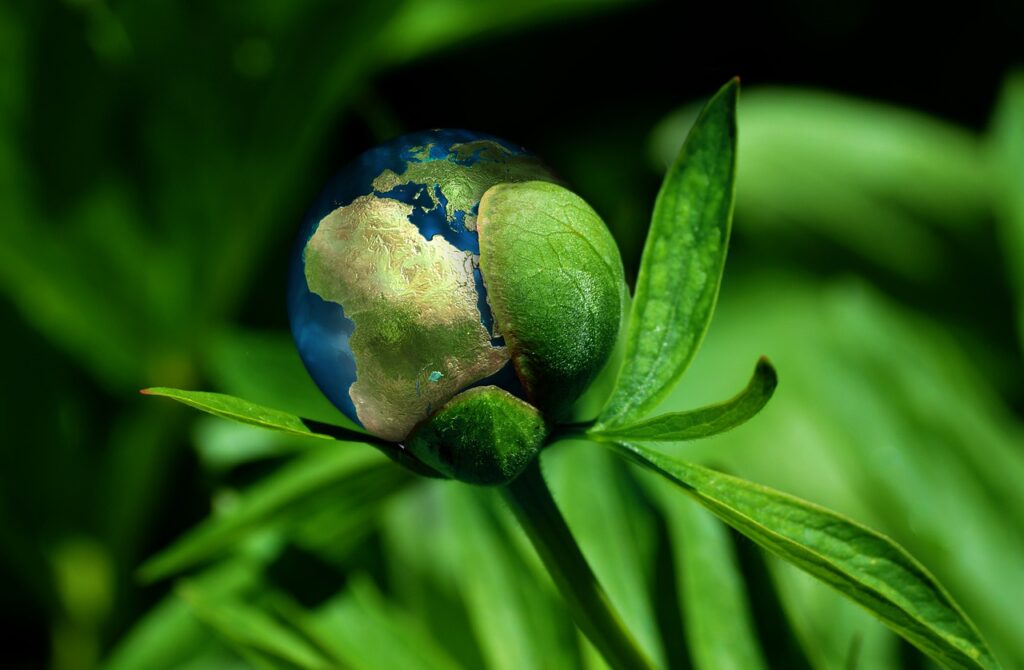
Biodiversity
Biodiversity provides clean water, fertile soil and a stable climate. It also supplies food and raw materials for housing, clothing, fuel and medicines. These natural resources are the premise of our existence.
A sustainable population allows ecosystems to recover. Animal species would have the space they need and deserve in order to flourish. The carrying capacity of Earth increases.

Climate change
A sustainable population means less CO2, but also less emissions of other greenhouse gases. Not only smaller footprints, but also fewer feet help mitigating climate change. Giving birth to a child in developed countries has by far the largest impact.
Less emissions render the air purer and help limit global warming, giving a better chance of preventing extreme weather patterns from destabilising the climate system.

Quality of life
A sustainable population results in happier people, less health risks, allergies and less over-stimulation in our daily lives in urban areas. Also, there is more room for green spaces that can be created to improve our quality of life and health condition.
This is very important for our physical but also psychological well-being (as we all experienced during the coronavirus pandemic).

Resources
A sustainable population means that raw materials are under less pressure, facilitating the progress towards meeting everyone’s basic needs. Renewable ressources are given time to renew themselves, and the risk of tensions and conflicts between humans competing for the scarce resources is mitigated.

Pollution
A sustainable population results in less produced waste (chemical and physical). The total waste mountain and chemical pollution become smaller and less harmful to nature if the overall demand (the product of the size of the human population and its consumption patterns) is reduced.

Future generations
In the end, this is about the future generations of our population. A sustainable population ensures that future generations, in every form of life, can have a healthy life. By passing on a healthy world to future generations, we ensure a more stable and more hospitable world.
What we can do
- Consume less with respect for the Earth. Handling raw materials properly and making use of renewable energy sources is particularly helpful. Plant-based diets and avoiding food waste can help reduce our footprint, and ethical and ecological visions in production processes support the goal of a sustainable population.
- Family size. Every human being on Earth consumes food, clothes, needs shelter and other resources that we take from Earth. No matter how hard you try, you cannot equal the impact of someone who does not exist. Hence, smaller family sizes are one of the most effective measures to achieve a sustainable population.
- Empowering women. In fact, it is a UN human right that every human has the right to choose whether to have children or not, taking into account our ecological limits. In Europe and all over the world, women and men should be equal. Education, access to contraception and the right to autonomy are essential for a sustainable population.
- Education about sustainable population. The more we all learn and understand why a sustainable population matters so much, the easier it is for all of us to strive for a sustainable population. Help us take this subject to your family and friends, and inform them about it. Awareness raising and implementation of this topic into educational systems are crucial to succeed, yet still underrepresented.
- Every little helps… Do what you can to strive for a healthier world. If everyone does their best, we will go a long way. Think about every action you take and look for more responsible alternatives if possible.

